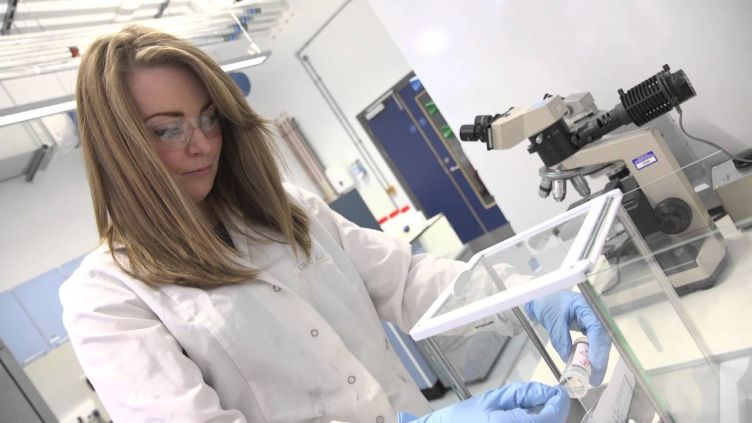Engineering is an essential and integral part of our life here on earth as well as our exploration into space.
Dr Amy Gandy is a Lecturer in Nuclear Engineering. Amy’s research centres on understanding radiation induced defect formation, accumulation, and thermal recovery, and the development of new materials for the next generation of nuclear technologies (fission and fusion).
What’s best about being an engineer is that it allows me to combine the fundamental maths and physics knowledge that I got during my degree with the electron microscopy that I learned during my PhD and apply these along with other techniques in order to help solve one of the greatest engineering challenges: to create safer and more efficient power production for nuclear energy.
My research is to understand how radiation affects materials at the atomic scale because changes even that small could have a dramatic effect on the properties of that material. I’m particularly interested in how energetic particles interact with atoms in a material.
These particles can be produced, for example, inside the core of a nuclear reactor or in nuclear waste or in outer space in cosmic radiation. What happens when these particles collide with the atoms in a material is that it produces what we call radiation damage and this can lead to swelling, blistering and even cracking of the material as well as a whole host of other detrimental effects.
At present the focus of my research is on nuclear materials, specifically ceramics and metallic alloys, and these can be used for nuclear fuel and also the structural materials within a nuclear reactor core. The nuclear reactors of the future, these are the fusion reactors and the generation for fisson reactors, are going to be even safer than the ones today. They are going to be more efficient and they are going to produce more power. In order for them to produce more power they have to operate at high temperatures and they are going to produce significantly higher levels of radiation so we have to engineer new materials that are going to be able to withstand these extreme conditions.
We interviewed Amy in 2016.

